In my house at dinner, we typically do “highs and lows” — everyone says what their best and worst thing of the day was. Usually the low is something pretty minor (e.g. “I thought the markers from Amazon were coming today, and they aren’t coming until Thursday”: tragedy!). But occasionally the low will be a version of “when [classmate] vomited on the floor during morning meeting.” Or, when my kids were younger, hearing from another parent we were just at a play group with that their kid is now vomiting.
This strikes fear into my heart.
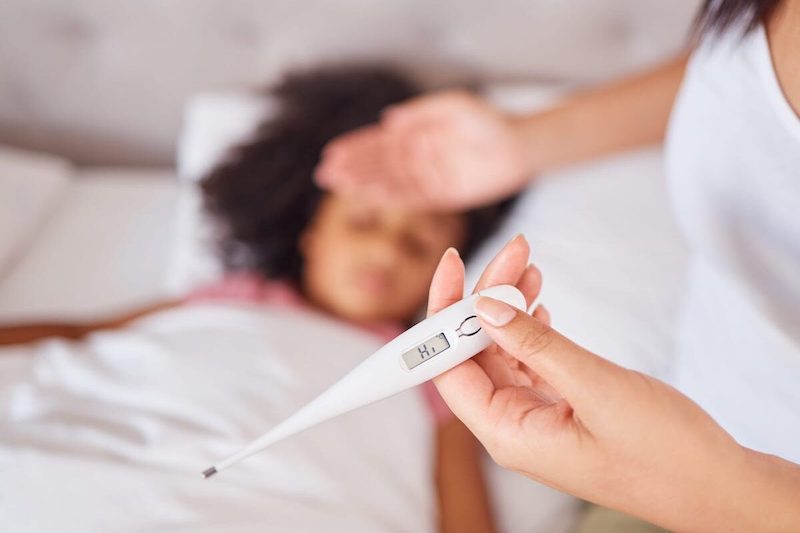
I immediately start calculating how much time we may have before people in our house start throwing up. What meetings do I have tomorrow? Can I cancel them? Do we have child care coverage? It’s not fair to ask our nanny to come when everyone is puking, right? (Or is it?) I begin to reconsider the second helping of pierogies, brussels sprouts, and kimchi I’m eating.
I do not like vomiting, and I bet you don’t either.
There are a number of different reasons why people vomit, but the most common viral cause of vomiting is the norovirus. Fun fact: It was initially called “winter vomiting disease” because it’s seasonal and because it usually involves vomiting (also diarrhea, but vomiting especially). The norovirus is responsible for about 400,000 ER visits every year in the U.S., mostly among children under 5 and older adults. There are an estimated 21 million illness cases, although this number is hard to pin down.
But while it may be less common in the warmer months, norovirus isn’t only confined to the winter. Today I want to give you a primer so you are ready when it arises and perhaps even manage to avoid it.
What is norovirus?
Norovirus is actually a genus of noroviruses, which are divided into genogroups and genotypes within groups. The most common group for human norovirus infection is GII, with GII.4 being the most common genotype. The different genogroups and genotypes differ in their genetic sequence but generally do not differ in their symptoms.
From a practical standpoint, this information is important in large part because it makes clear why it is possible to be ill with norovirus many times. Infection with a particular strain does seem to deliver some immunity, but since there are many strains, having had norovirus once does not rule out having it again, even quite quickly after.
People can carry norovirus asymptomatically, especially older people who may have had symptomatic illness many times before.
What are the symptoms of norovirus?
Vomiting and watery diarrhea. More vomiting than diarrhea. Feeling like garbage. Possibly a fever. Stomach pain.
Norovirus is characterized by rapid onset — one minute your kid is great, they eat dinner normally, and then the next you’re cleaning vomit out of their bed. (And the same goes for adults.)
It’s also characterized by rapid dissipation. Symptoms typically last 48 to 72 hours, with the first 24 hours being the worst. I often see it as a day of vomiting, a day of recovery to nap and watch a lot of TV, and then you’re back at it.
How can you treat norovirus?
Norovirus infection is self-limiting — it will resolve on its own — which means treatment is focused on “supportive care,” mainly making sure that the child is not dehydrated.
This can take a few forms. At home, try to keep a child hydrated even when they are vomiting. Hydration can take any form (including breast milk or formula), but this is what Pedialyte is made for! You can also use water, ginger ale, or other electrolyte drinks (sports drinks, etc.) for an older child. You can encourage small sips between vomiting episodes. Yes, some of this will come back up. That’s okay. Small, frequent sips.
Hydration is what is important here, not food. Your child should not eat until four to six hours after they finish vomiting. They will not starve, and it’s better to wait to eat than eat and then be sick again.
If a child is very dehydrated, this is when you’d need to see a doctor or go to the ER. Possible medical treatment includes a medication to prevent vomiting (so the child can rehydrate) or intravenous fluids. This sounds scary — but having sat through a child getting IV fluids, I can tell you it’s not as bad as it sounds and, also, it’s literally lifesaving.
One question you may ask: How do I know if my child is severely dehydrated? First, if you’re worried, call your doctor. Signs of dehydration include sunken eyes, markedly reduced urine output, and “poor skin turgor.” This last one is about how elastic the skin is — sometimes as a test you’ll see a doctor pinch a child’s toe or finger to see how quickly it returns to normal. A very slow return indicates dehydration. Urine is the easiest to monitor for many parents: for a baby under four months, you want six wet diapers or more a day; for children older than that, you want three.
I asked our wonderful pediatrician, Dr. Lauren Ward, about this, and she added to the above: “A dehydrated kid or a kid who’s got electrolyte abnormalities looks like a wet dishrag.” This advice is reflective of much of what you’ll hear about how to know if your child is really sick — “if they do not seem like themselves,” which is confusing in the abstract but often quite obvious when it happens.
In short, most kids do not need medical treatment for norovirus, but if you’re worried, always call.
A note: For individuals who are immunocompromised, norovirus can persist for longer and be more dangerous. If you or your child is in this situation, it’s important to have a plan with your medical team.
How norovirus is transmitted (and how to avoid it)
Norovirus is easy to transmit. It can transmit on food (most commonly leafy greens or shellfish, but no one source is especially implicated). Norovirus is the most common viral cause of food poisoning, although bacteria (salmonella, E. coli) can also cause diarrhea and vomiting.
Norovirus can transmit person-to-person through either the fecal-oral route (basically, if you accidentally consume poop, which, sadly, we do frequently, especially when you have a child still in diapers). It can also transmit person-to-person through aerosolized vomit. Norovirus is very hardy. It survives freezing, heating, and alcohol and chlorine.
The incubation period is generally 24 to 48 hours, so if the baby in your morning play group vomits at 8 a.m., you’ll have a good sense by the next day if you’re in the clear, and certainly by the day after. It’s important to say: viral shedding is highest during the symptomatic period of infection, but people continue to shed virus to some extent after recovery, and asymptomatic cases are common, so you will not always know where your child gets their illness from.
How can you avoid it? Here, I am thinking specifically of the case where your child is puking. Is there any hope? Yes. Some things you can do:
- Wash your hands. Much of the transmission is from getting poop on your hands and accidentally getting it in your mouth. Copious hand washing with soap will help prevent that. Note: Norovirus is impervious to alcohol, so hand sanitizer will not do it. You need soap.
- Clean with bleach. Standard household cleaners based on alcohol or chlorine will not work; you need bleach.
These aren’t going to rule out getting sick, obviously, but they may help.
Other vomiting causes
Not all vomiting illnesses are caused by norovirus. Rotavirus is the other most common global cause of gastrointestinal illness in children, although in the U.S. most children are now vaccinated for it. Other viruses — adenovirus, astrovirus, sapovirus — can also cause similar symptoms (though not usually as much vomiting). Vomiting can also less frequently occur with COVID, parechoviruses, and others.
From a parental standpoint, it doesn’t matter too much which virus is causing your child to be sick — the treatment recommendations are the same.
Closing thoughts
As much as I hate vomiting illnesses, I have to say that there is nothing in parenting that makes me feel more like a mom than being up all night with a sick kid, sleeping outside their room in case they need me. I’m not saying these are nights I wish to repeat, but I am saying I feel, in a weird way, lucky to have had them.
The bottom line
- Norovirus is a highly contagious illness (incubation period of generally 24 to 48 hours) characterized by a rapid onset of symptoms — typically an overall feeling of fatigue, along with vomiting, diarrhea, stomach pain, and possibly a fever.
- Treatment is focused on “supportive care” — mainly, rest and staying hydrated. If a child is very dehydrated, this is when you’d need to see a doctor or go to the ER. Symptoms of dehydration include sunken eyes and decreased urine output.
- Washing your hands with soap is the best way to prevent norovirus. Norovirus is impervious to alcohol, so hand sanitizer will not do it.












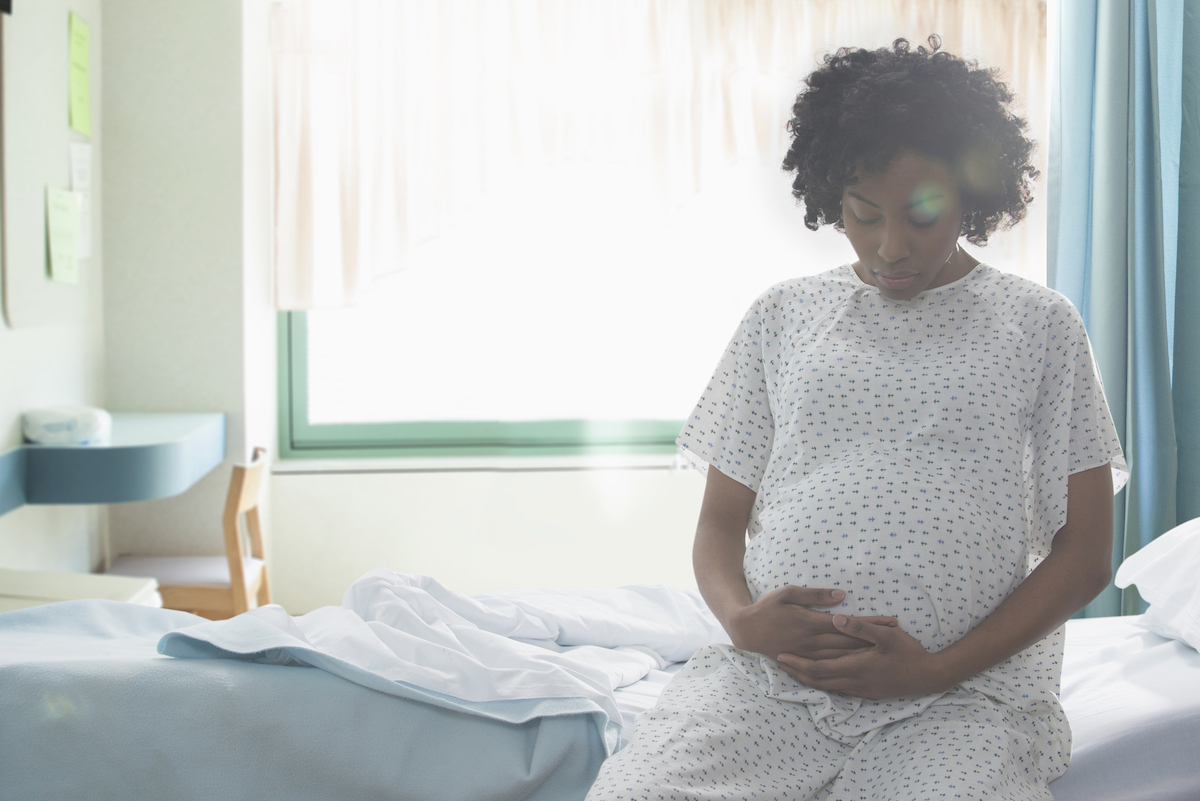
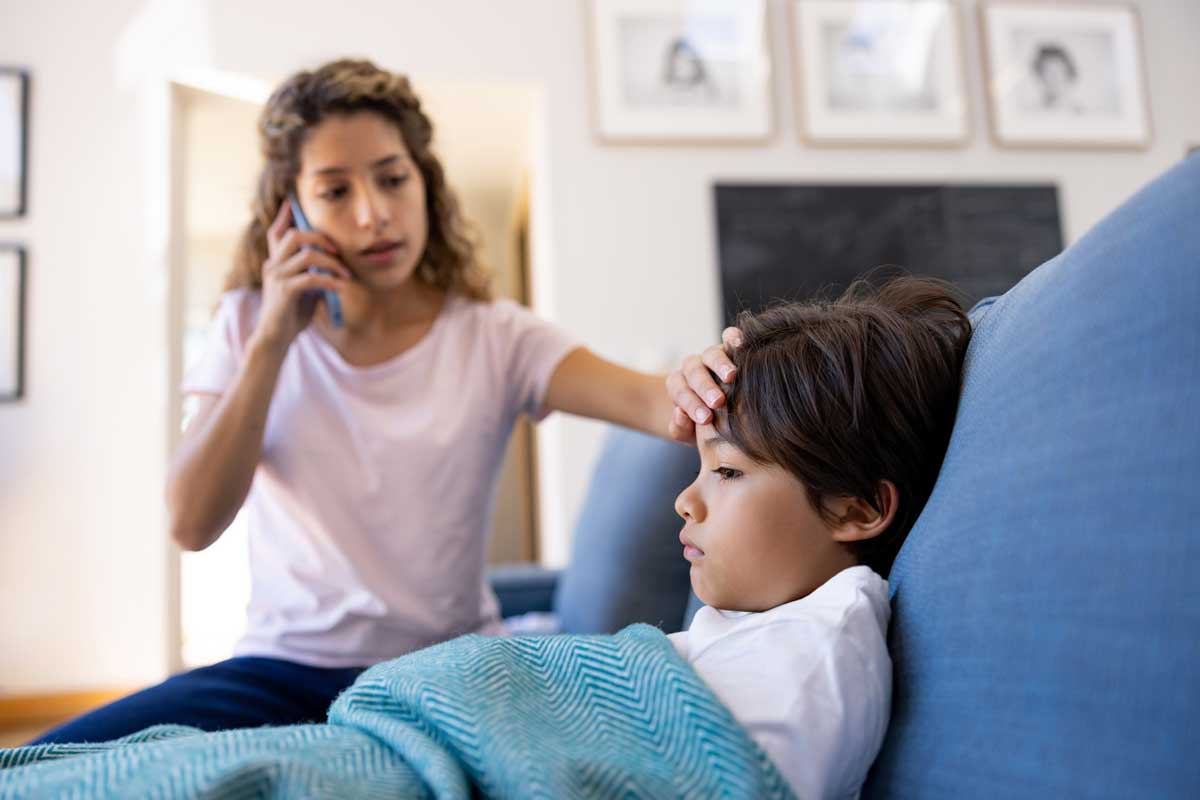
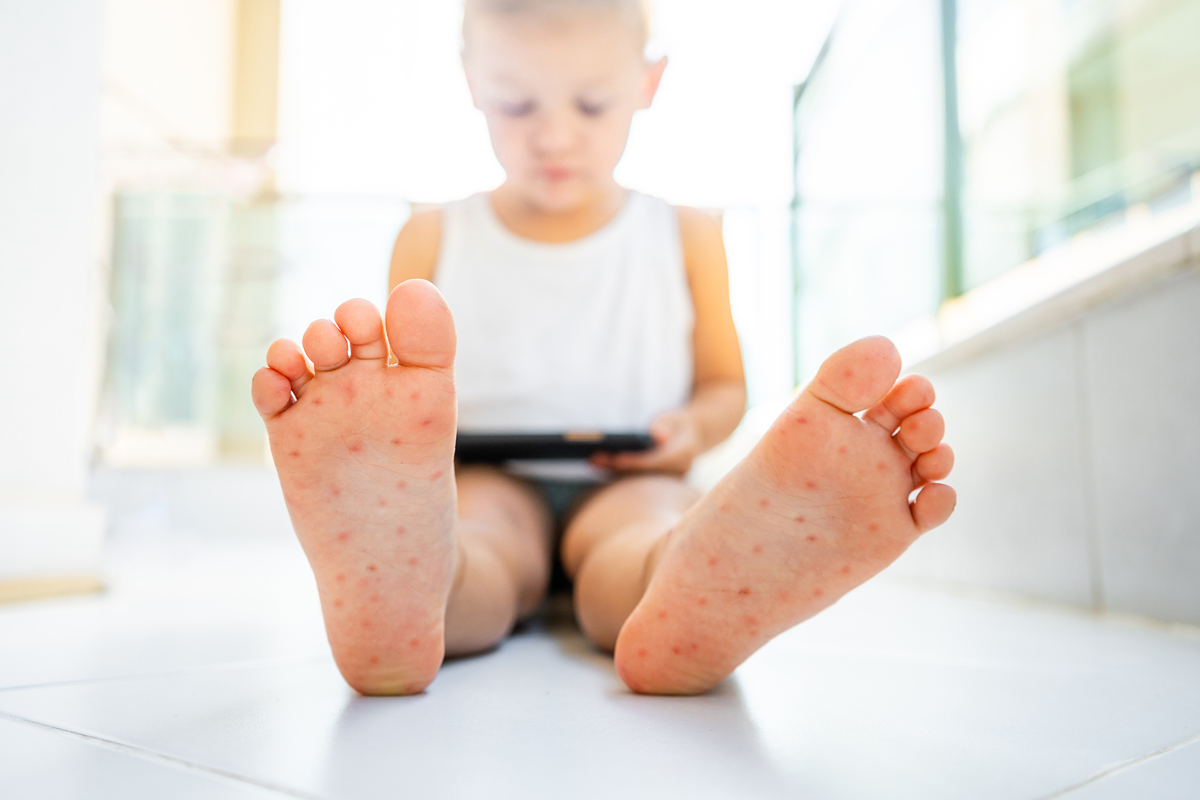
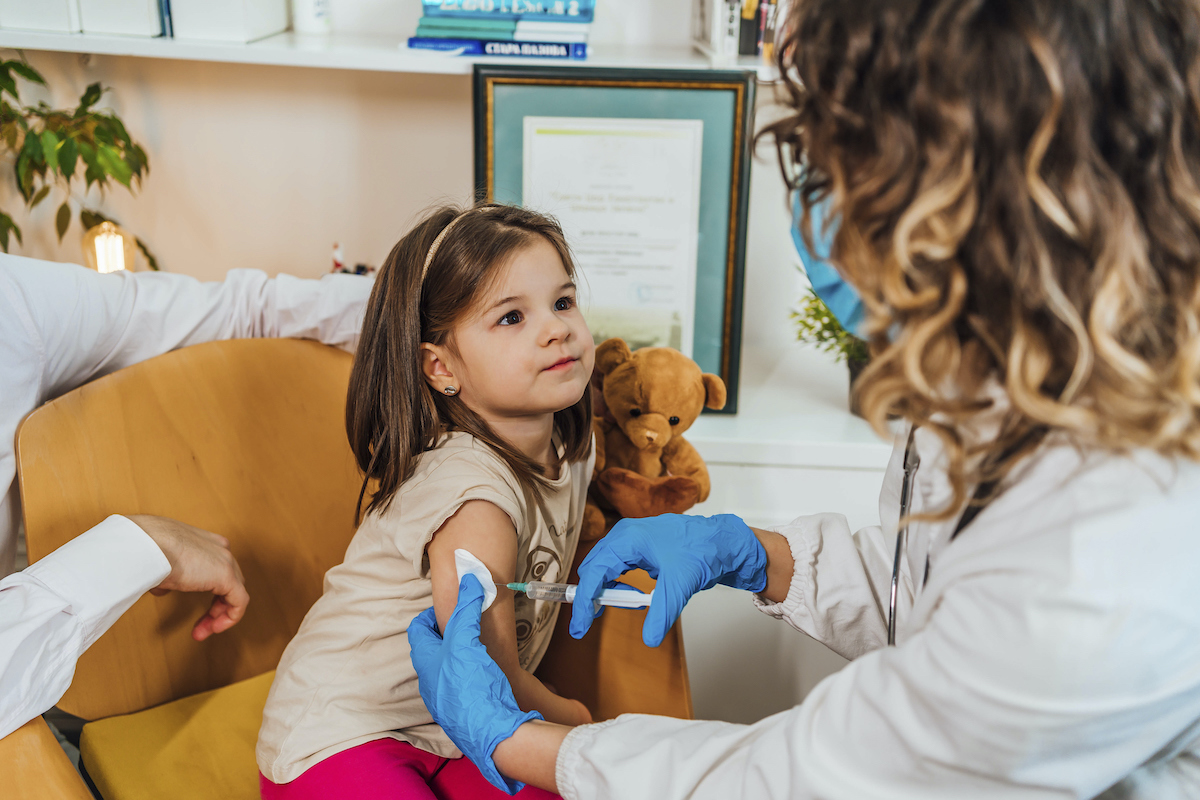

Log in
Mention of bleach – what about other EPA registered disinfectants? Specifically wondering about Force of Nature (ideally) or wipes like Clorox.